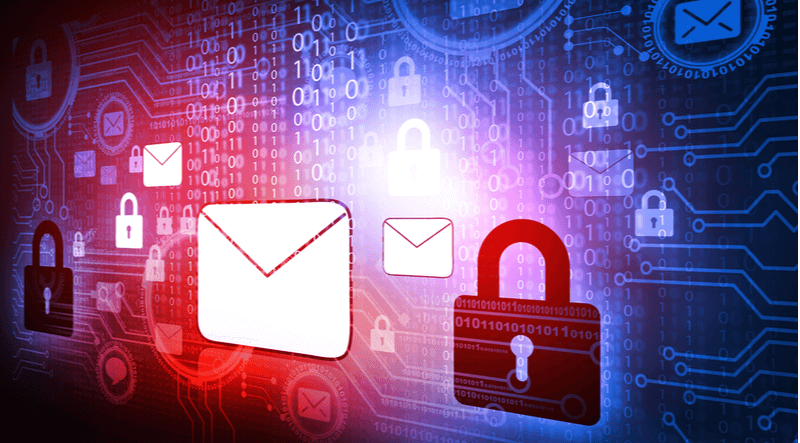Email security covers strategies and techniques to protect email communications, ensuring their confidentiality, integrity, and availability. It blocks unauthorized access, detects and blocks harmful content, and ensures the privacy of sensitive information. Given that email is a common target for cyber-attacks, implementing strong email security measures is crucial for organizations and individuals alike. Know more about email risk detection solution
Why Email Security Matters
Email is a primary attack medium for cybercriminals, used to spread malware, steal data, implement ransomware, and execute phishing attacks. According to Verizon’s Data Breach Investigations Report, 94% of malware is delivered via email, and 96% of all phishing attacks originate from email (Cisco Report).
Benefits of Email Security
Protection Against Phishing and Spoofing:
detects and blocks phishing and spoofing attacks, blocking breaches and malware infections.
Prevention of Data Breaches:
Email encryption protects confidential information, and lessens the risk of costly data breaches.
Improved Confidentiality:
Encryption ensures email content remains confidential and accessible only to designated recipients.
Identification of Malicious and Spam Emails:
Alerts users to harmful or spam emails, reducing the risk of engaging with harmful content.
Compliance and Risk Mitigation:
Helps organisationsmeet industry regulations, avoiding penalties and reputational damage.
Types of Email Attacks
Phishing:
Deceptive emails aimed at stealing personal information.
Social Engineering:
Manipulating individuals to share confidential information.
Spear Phishing:
Targeted phishing attacks are personalized to specific individuals or organizations.
Ransomware:
Malware that encrypts files, demanding a ransom for their release.
Malware:
harmful software designed to damage or gain unauthorized access to systems.
Spoofing:
Fake email headers to make messages appear as if they come from well-known sources.
Identity Theft:
Using stolen personal information for fraudulent activities.
Brand Impersonation:
Imitating a trusted brand to deceive recipients.
Dangers of Malicious Emails
Malicious emails can cause huge damage, including:
Gain Access to Private Information:
Hackers trick users into revealing sensitive information.
Infect Your Device with Malware:
Spreads ransomware, grants remote access, or destroys data.
Steal Your Data:
Directs users to phishing sites to steal information.
Cause Your Computer to Download More Malware:
Malware-infected attachments often lead to further infections.
Put Orgznizations at Risk:
Infect networks steal sensitive data, or interrupts operations.
Email Security Policies
Strong Password Requirements:
Use complicated passwords and change them regularly.
Multifactor Authentication (MFA):
Adds layers of security to email accounts.
Email Encryption:
Protects confidential messages.
Email Attachments:
Set policies for allowed file types and scan for malware.
Security Awareness Training:
Educate employees on detecting suspicious emails.
Regular Software Updates:
Update email security software regularly.
Data Retention:
Guidelines on storing and deleting emails to block unauthorized access.
Secure Email Gateway (SEG):
Filters unwanted messages and stops data loss.
Email Security Best Practices
Leverage a strong Security Posture:
Combine various security measures for comprehensive protection.
Integrate Data Protection Measures:
Prevent unauthorised sharing of sensitive data.
Train Employees:
Educate on best practices and threat identification.
Use Encryption:
Protect email content from unauthorized access.
Utilise Multi-Layered Defences:
Implement multiple layers of security.
Regularly Update Security Solutions:
Ensure email security solutions are up-to-date.



